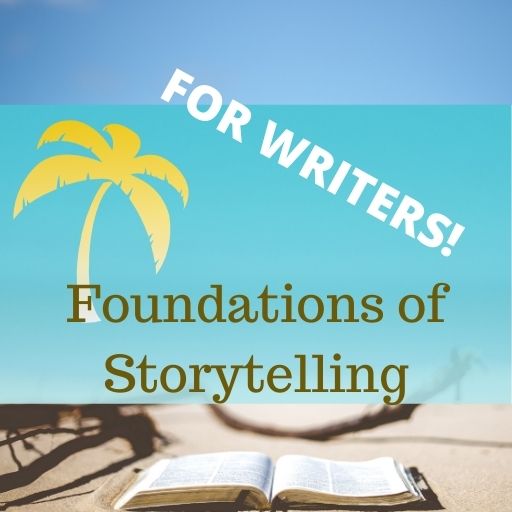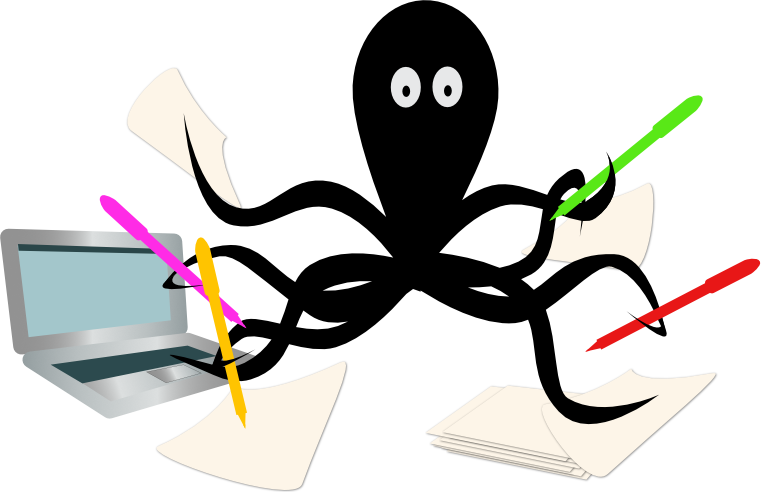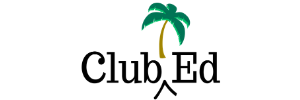Novels Aren’t Movies – Book Editing for Dramatic Omniscience
Omniscience for writers.
Writers sometimes understand omniscience only as it is shown in television and movies, which is dramatic omniscience. It is not narrative omniscience. Dramatic omniscience really, really sucks when applied to narrative.
That’s because dramatic omniscience lingers on the surface of things. It cannot penetrate below the surface unless some clunky device like a voiceover is used. It must, by its nature, focus on what the characters are doing and saying, on what their reactions look like.

Dramatic Omniscience vs Narrative Omniscience
Narrative omniscience allows the author to go below this surface, to play with text, to create an interplay between words, narrator, and character, to widen our psychic distance from the character or dive deep into their heart. Narrative omniscience can do things dramatic omniscience can only dream about.
But sometimes novelists end up using this dramatic omniscience where they are the awkward camera recording the story world without, it seems, even being aware they’re using words to do it. They seem to think they are filming a movie:
Natalie, a tall blonde about thirty years old, looked out the window. The storm clouds were piling up and the palm trees were starting to bend and creak in the wind. She moved to her bed where her suitcase was open and started piling clothes in it. She was nervous, so she moved quickly. She closed the suitcase and grabbed her shoulder bag and checked to make sure her keys were there. She held them in her hands. They were. She grabbed her suitcase and ran for the door. Little did she know that she’d left her insulin behind, the kit sitting on the vanity in the bathroom where she had forgotten to pack it.
You can see the screenplay, can’t you?
FADE IN
INT. BEDROOM: Natalie, a tall blonde about thirty years old, looks out the window.
EXT. SKY AND TREES: The storm clouds are piling up and the palm trees are starting to bend and creak in the wind.
INT. BEDROOM: Natalie moves to her bed where her suitcase is open and starts piling clothes in it. She looks nervous, and moves quickly. She closes the suitcase and grabs her shoulder bag and checks to make sure her keys were there.
CLOSE UP: Keys in the palm of Natalie’s hand.
INT. BEDROOM: Natalie grabs her suitcase and runs for the door.
INT. BATHROOM. Sound of DOOR SLAMMING.
ZOOM IN: on the insulin kit sitting on the vanity in the bathroom
In a movie, there’s an actor to give life to the actions, a musical score to emphasize the drama of what’s happening, and brilliant pictures that show us exactly what’s going on. But as a narrative, where’s the spark?
Related Reads
World-building without info-dumping
World-building is often seen as the province of science fiction and fantasy writers who have to convey new-to-us settings and cultures, and occasionally by historical writers who have to convey the feel of an era that a reader may not know much about. But every story takes place somewhere. Even stories set in a contemporary…
Focus on a limited number of problems in story development
Typically in a manuscript evaluation or developmental edit, I focus on what I perceive to be the three-to-five most important concerns I’ve noticed in the ms. This is the approach I teach my editing students. Editing too many problems at once overburdens the author In any given ms, there may be ten or fifteen developmental problems…
Clients who want services you don’t offer
Newer freelancers sometimes come to me in a panic because a client has approached them to do work that’s outside their typical scope. Commonly this is something like the freelancer offers copyediting and developmental editing but the client wants coaching. What should they do? They don’t know how to coach, they don’t offer coaching services,…
Expand into Book Doctoring and Ghostwriting
If you’ve been a developmental editor for any length of time, you’ve likely encountered an author who just wants you to write the book for them. Or, you’ve encountered a manuscript that was in such disrepair that it required a herculean effort to fix it, dropping your hourly rate down to pocket change. As a…
The Call to Adventure
The first few pages of an author’s novel are crucial. Once the novel is published, readers will judge whether they’re interested in reading the story based on the first few pages, even the first paragraph. If authors don’t get this right, their novel is unlikely to sell to readers. And even if it does sell,…
Copyediting vs Line Editing – What’s the difference?
Copyediting and line editing both focus on the sentence level, but they are not the same thing. Copyediting is about ensuring consistency across a manuscript, correcting egregious errors, making sure the manuscript conforms to a specific style guide, and otherwise smoothing the prose so the reader doesn’t encounter any sentence-level hiccups as they read. Example…
Join the Club!
New to story editing? Begin at the beginning.



